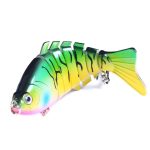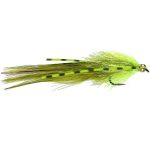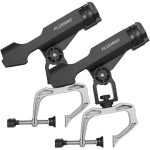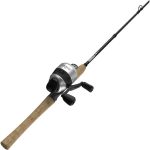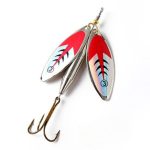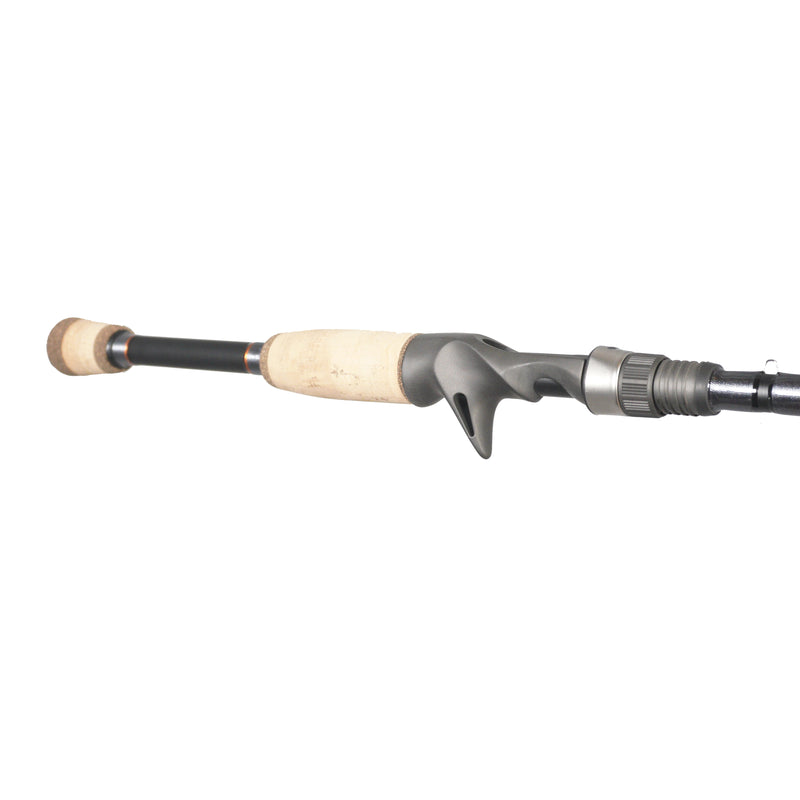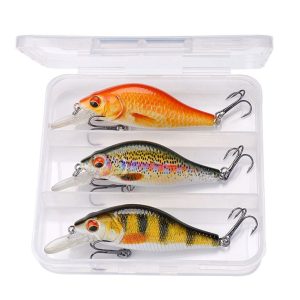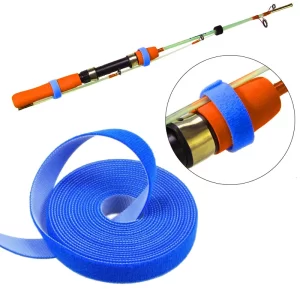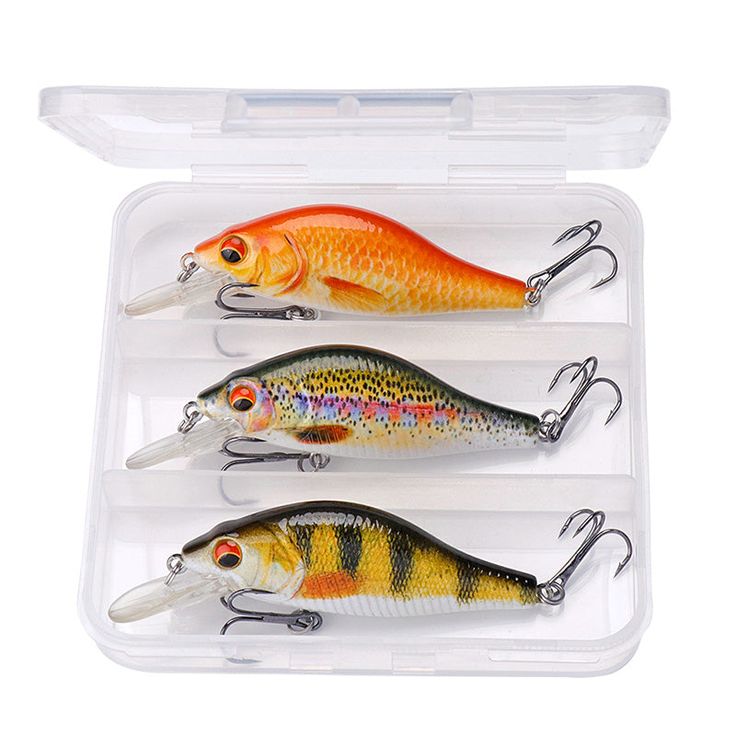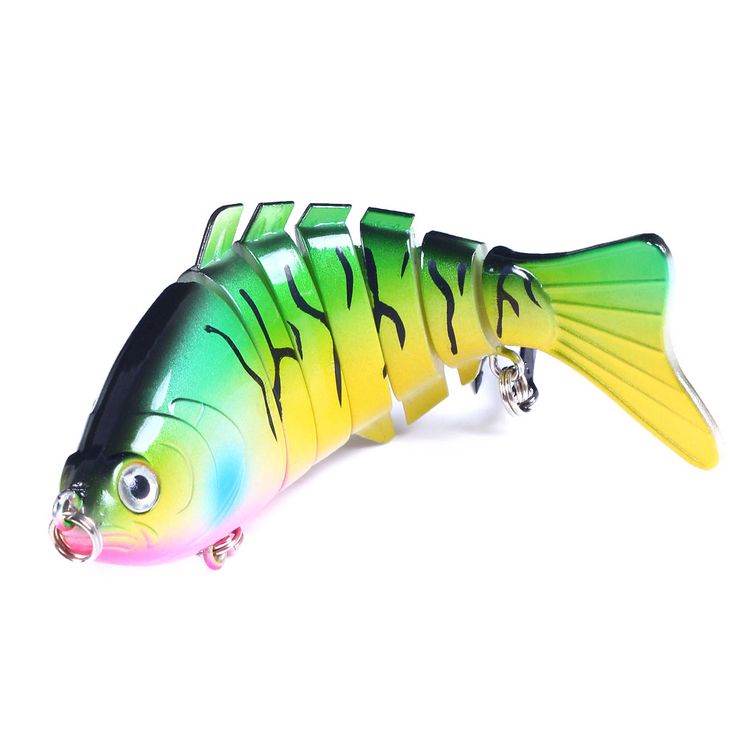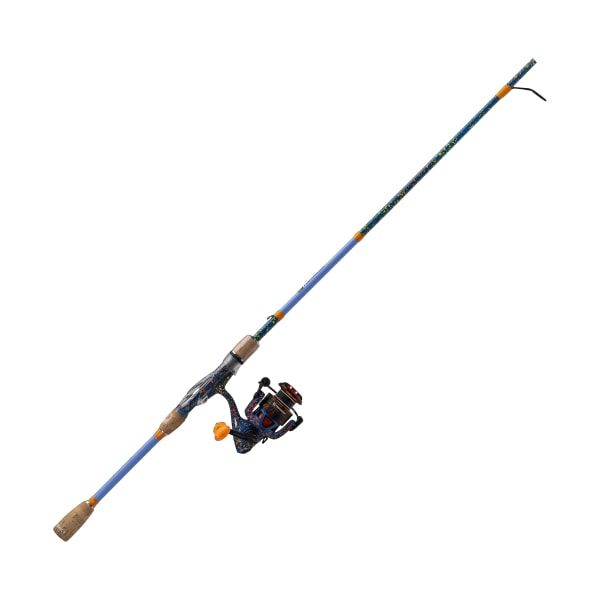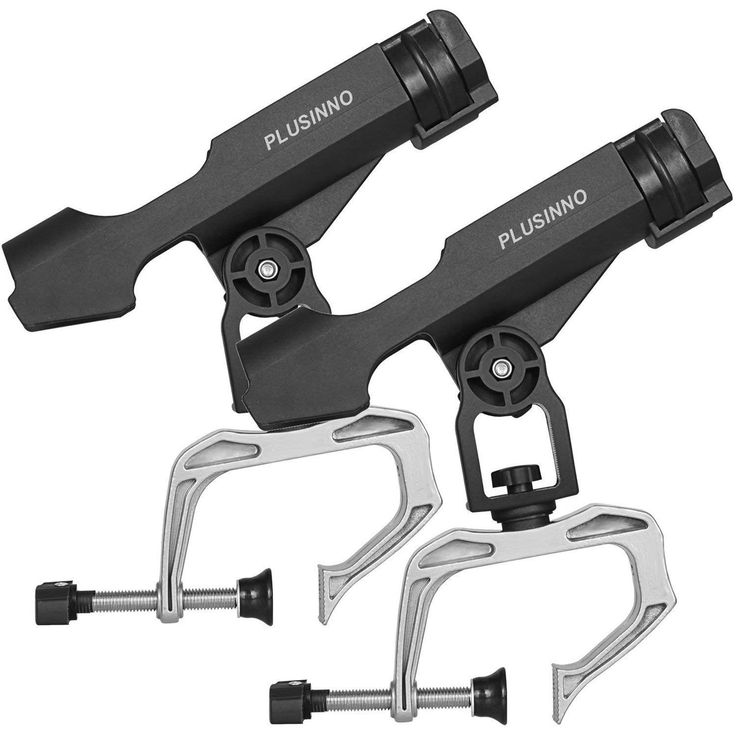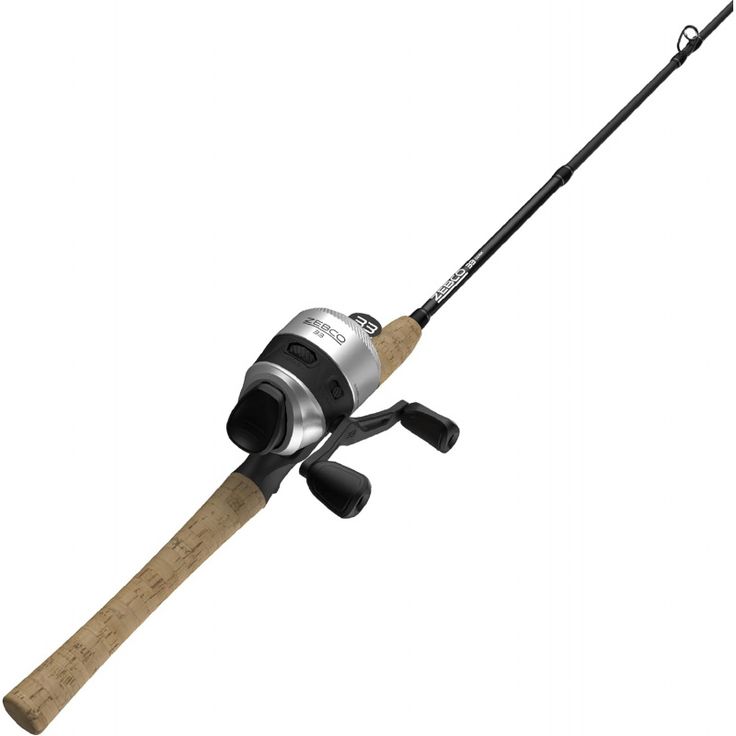Fishing is an activity enjoyed by millions worldwide, providing relaxation and excitement alike. The equipment is as diverse as the anglers themselves, and choosing the right rod is crucial. Among the many options, the medium heavy fishing rod stands out for its versatility. This guide will delve into the characteristics, benefits, and usage of medium heavy fishing rods. We’ll also provide some tips for selecting and maintaining this essential piece of fishing gear.
Understanding Medium Heavy Fishing Rods
Defining the Medium Heavy Rod
A medium heavy fishing rod occupies a unique niche in the vast spectrum of fishing gear. It is typically rated for line weights between 10-20 pounds, offering a balanced blend of power and sensitivity. This rating positions it well between lighter rods, designed for smaller fish, and heavy rods intended for big game fishing. The key feature of a medium heavy rod is its strength. They are robust enough to handle larger fish yet still provide the finesse needed for a subtle approach. Constructed from materials such as graphite, fiberglass, or composites, they are designed to be both durable and flexible.
Applications of Medium Heavy Rods
Medium heavy rods are incredibly versatile and suitable for various fishing environments. Whether you’re fishing in freshwater lakes, rivers, or even some saltwater habitats, these rods prove effective. In freshwater settings, medium heavy rods excel when targeting species like bass, pike, or walleye. In saltwater, they can handle redfish, snook, and smaller tarpon. Anglers prefer these rods for casting heavier lures and dealing with challenging fishing conditions. They also perform well when trolling or bottom fishing, making them a go-to choice for many.

Benefits of Using Medium Heavy Fishing Rods
Versatility in Various Fishing Conditions
One of the primary benefits of medium heavy fishing rods is their versatility. These rods are adaptable to different styles and techniques. They perform exceptionally well in various conditions, from calm lakes to choppy coastal waters. This adaptability can save anglers from needing multiple rods for different scenarios. Moreover, their ability to cast heavier lures makes them ideal for techniques such as jigging, Carolina rigging, or even using crankbaits. Their versatility extends to the types of fish they can handle, making them a favorite among seasoned anglers.
Balancing Power and Sensitivity
Medium heavy rods strike a balance between power and sensitivity, crucial for a successful fishing expedition. Their construction allows anglers to detect subtle bites while having the backbone to set the hook firmly. This balance is particularly important when fishing for species that require a nuanced approach, such as bass or walleye. Furthermore, the ability of these rods to handle multiple line weights adds to their appeal. Anglers can switch from light to heavier lines depending on their target species, ensuring optimal performance in different situations.
Factors to Consider When Choosing Medium Heavy Rods
Material and Build Quality
When selecting a medium heavy fishing rod, the material and build quality are vital considerations. Graphite rods are known for their sensitivity and lightweight, making them ideal for detecting bites. Fiberglass rods, on the other hand, offer greater durability and flexibility, suited for handling larger fish. Composite rods combine the best of both worlds, providing a balance between sensitivity and strength. The build quality also impacts the rod’s performance. Factors such as the type of guides, reel seats, and handle material affect comfort and efficiency. Investing in a well-built rod made from high-quality materials ensures longevity and reliable performance.
Length and Action
The length and action of a medium heavy fishing rod greatly influence its functionality. Rods range from 6 to 8 feet, with longer rods providing better casting distance while shorter rods offer more control. Action refers to how much the rod bends under pressure, with medium heavy rods typically having fast or moderate action. Fast action rods bend near the tip, providing more sensitivity and quick hook sets. Moderate action rods bend further down the blank, offering better shock absorption and smoother casts. Choosing the right length and action depends on your fishing style, target species, and personal preference.
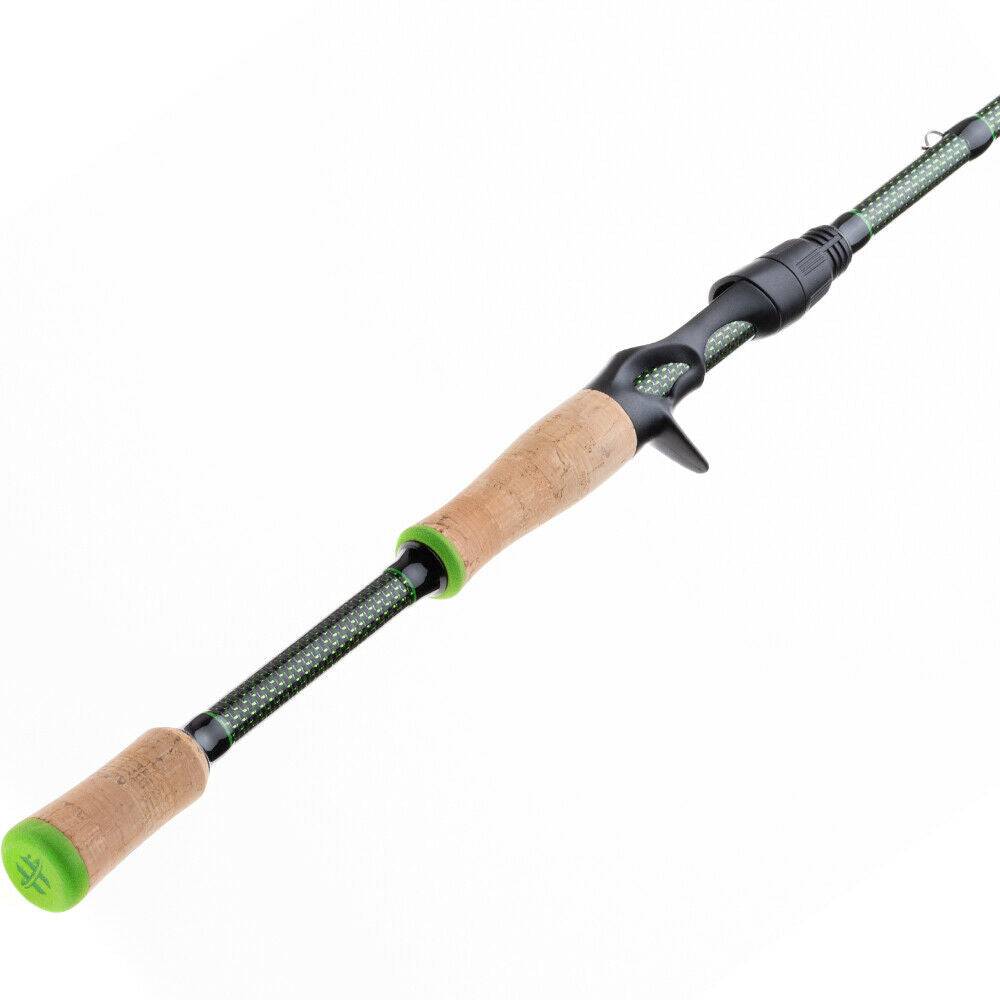
Techniques for Optimal Use
Casting and Retrieval Techniques
Mastering casting and retrieval techniques is essential for maximizing the potential of a medium heavy fishing rod. For accurate casting, focus on a smooth, controlled motion and practice timing. When using heavier lures, ensure your cast is powerful enough to reach the desired distance. Retrieval techniques vary depending on the lure and target species. For example, a steady, slow retrieve works well with spinnerbaits, while a stop-and-go approach is effective for crankbaits. Pausing during the retrieval can entice fish to strike. Experiment with different techniques to find what works best for your fishing scenario.
Fighting and Landing Fish
Using a medium heavy fishing rod requires skill and strategy when fighting and landing fish. Once you’ve hooked a fish, maintain steady pressure and avoid jerky movements to prevent losing it. Use the rod’s power to tire the fish, gradually reeling it in while keeping the line taut. Adjust your drag setting to avoid breaking the line, allowing the fish to run when necessary. When the fish gets closer, use the bend of the rod to cushion sudden movements. Carefully guide the fish to the landing net, ensuring a smooth and successful capture. Patience and precision are key.
Caring for Your Medium Heavy Rod
Maintenance Tips
Caring for your medium heavy fishing rod is essential for maintaining its condition and performance. After each fishing trip, rinse your rod with fresh water to remove dirt, salt, and debris. Pay attention to the guides and reels, ensuring they are free from any buildup. Periodically inspect the rod for any signs of damage, such as cracks or loose components. Lubricate the reel seat and handle joints as needed to keep them functioning smoothly. Store your rod in a dry, cool place, preferably in a protective case or rod rack, to prevent bending or warping.
Common Issues and Solutions
Despite careful maintenance, medium heavy fishing rods can encounter common issues that need addressing. One such issue is guide damage, often caused by improper storage or handling. Replace damaged guides promptly to prevent further damage to the line. Another common problem is the loosening of reel seats or handles. Regularly check and tighten these components to maintain stability and performance. Cracks or fractures in the rod blank can compromise its integrity. If you notice any structural damage, consult a professional for repair or replacement recommendations. Addressing these issues early ensures your rod remains in top condition.
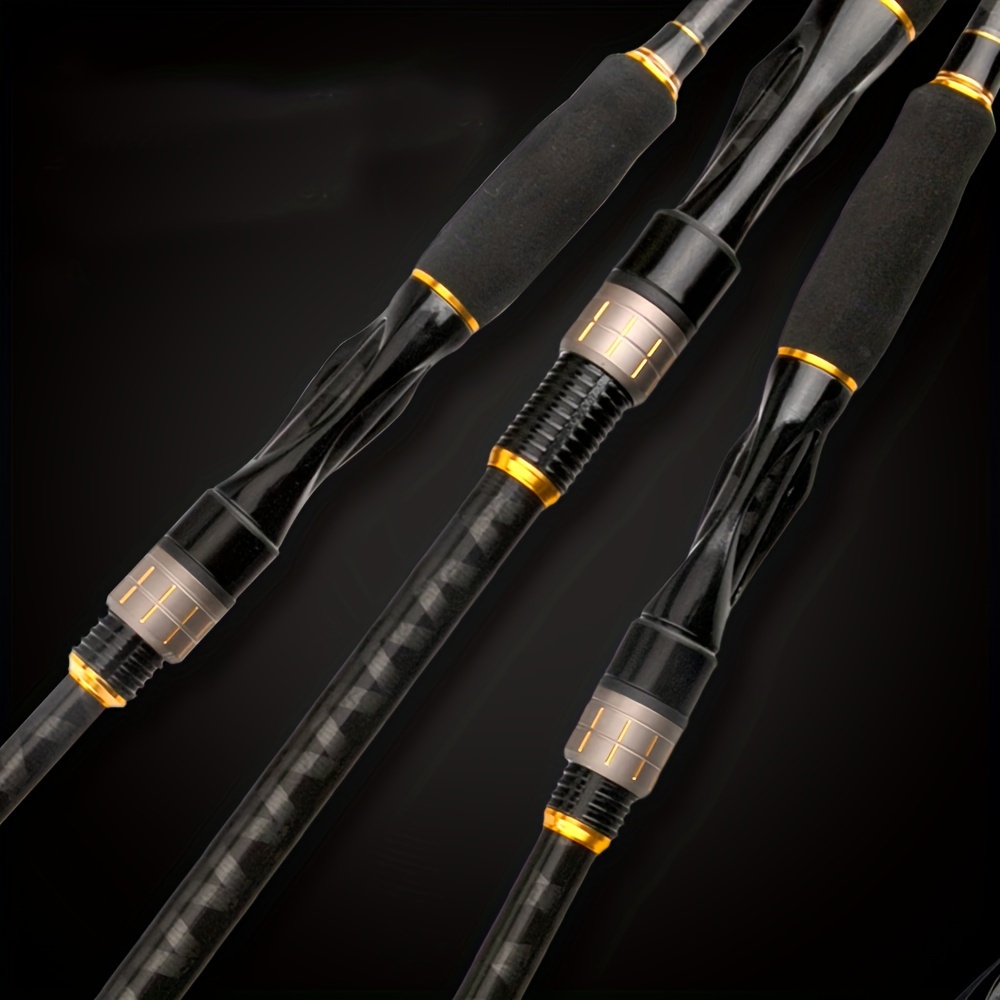
Conclusion
Medium heavy fishing rods are an indispensable tool for anglers seeking a blend of power, sensitivity, and versatility. Their ability to handle various fishing conditions and target a wide range of species makes them a popular choice. Understanding the characteristics, benefits, and proper usage techniques of medium heavy rods can enhance your fishing experience. Additionally, choosing the right rod based on material, length, and action ensures optimal performance. Regular maintenance and prompt issue resolution keep your rod in excellent condition for years of fishing adventures. Embrace the advantages of medium heavy fishing rods and enjoy the thrill of landing your next big catch.
Ultimately, a medium-heavy fishing rod represents an excellent middle ground for anglers seeking a reliable and versatile piece of equipment. Whether you’re an experienced fisherman targeting larger game fish or a beginner looking for a more adaptable tool, you will likely find this type of rod to be a worthwhile investment. With proper maintenance and care, a high-quality medium-heavy rod can serve as a trusted companion on countless fishing adventures, enhancing your overall fishing experience and success rate.

